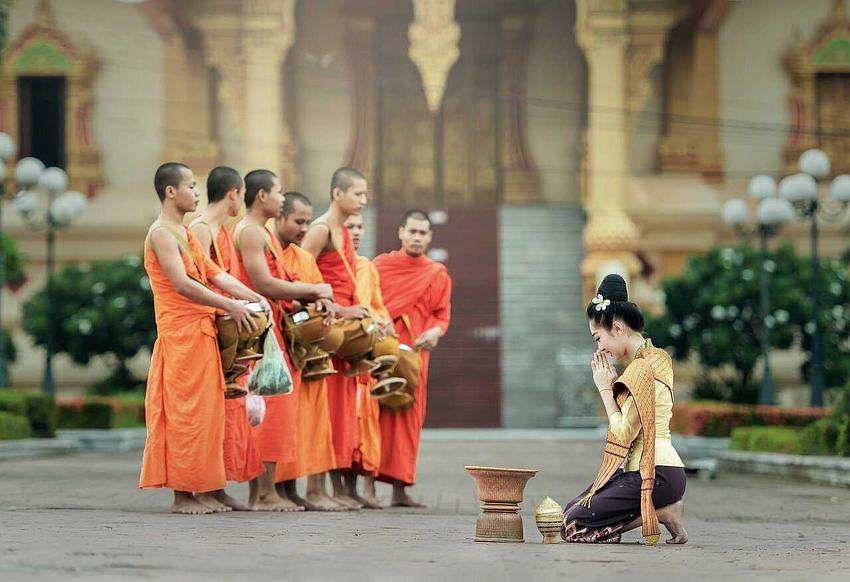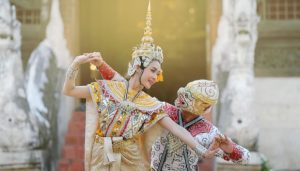The Rich and Diverse Thai Culture: Influences of Buddhism, Hinduism, and Southeast Asian Traditions
Thailand, a country renowned for its breathtaking landscapes and vibrant culture, boasts a rich and diverse heritage shaped by various influences throughout roulette online history. Its culture, which integrates elements of Buddhism, Hinduism, and various Southeast Asian traditions, is a unique blend of spiritual, artistic, and culinary practices that have evolved over centuries.
Buddhism’s Influence on Thai Culture
Buddhism is the most significant spiritual influence on Thai culture. Around 95% of the population practices Theravada Buddhism, which traces its roots back to India. The religion not only shapes personal spirituality but also plays a central role in shaping the social and cultural fabric of Thailand. Buddhist teachings emphasize mindfulness, compassion, and the impermanence of life, all of which are reflected in Thai people’s daily lives.
Temples, known as wats, are integral to Thai society and culture. These sacred spaces are not only places of worship but also centers of community life. The grandest of these temples, such as the Wat Phra Kaew (Temple of the Emerald Buddha) and Wat Arun (Temple of Dawn), are iconic representations of Thai architectural beauty. These temples house statues of Buddha, intricate murals depicting Buddhist stories, and provide a peaceful environment for meditation and prayer.
Buddhist festivals like Songkran (Thai New Year) and Loy Krathong are celebrated nationwide. These festivals, deeply rooted in Buddhist tradition, are times for cleansing, making merit, and reflecting on one’s life.
Hindu Influence on Thai Culture
While Buddhism dominates the spiritual landscape of Thailand, Hinduism has also had a profound influence, especially in the realms of art, architecture, and mythology. The roots of Hindu influence can be traced back to the ancient Khmer and Srivijaya empires, which played a significant role in the development of Thailand’s cultural heritage.
Many elements of Hindu mythology and iconography are present in Thai art and architecture. The Garuda, a mythical bird creature in Hinduism, is a prominent figure in Thai royal symbolism and is often seen in the decorations of temples and palaces. Furthermore, the epic Ramayana, known as Ramakien in Thai, is one of the most beloved stories in Thailand, and its characters and motifs are found in murals, performances, and sculptures. The influence of Hindu deities, such as Shiva and Vishnu, can also be seen in various temples, where their statues are sometimes worshiped.
Southeast Asian Traditions in Thai Culture
In addition to Buddhism and Hinduism, Thailand’s culture is enriched by the traditions of other Southeast Asian countries. Thailand has long been a crossroads for trade and migration, allowing it to absorb influences from neighboring countries such as Laos, Cambodia, Myanmar, and Malaysia.
For example, Thai cuisine is a fusion of various regional flavors, influenced by neighboring cultures. The combination of sour, salty, sweet, and spicy flavors is characteristic of Thai food and reflects the influence of Indian, Chinese, and Southeast Asian culinary traditions. Dishes like Tom Yum Goong (spicy shrimp soup), Pad Thai, and Green Curry showcase the multicultural roots of Thai cooking.
Thai arts and crafts, such as traditional dance, music, and textiles, also carry distinct regional characteristics. The khon dance is a traditional Thai performance art based on the Ramakien and incorporates intricate masks and costumes. Traditional Thai weaving techniques, such as silk weaving from the northeast and cotton weaving from the north, produce textiles that are highly valued both within Thailand and internationally.
Thailand’s Modern Cultural Identity
Despite the profound influence of Buddhism, Hinduism, and Southeast Asian traditions, Thailand is also evolving and adapting in the modern world. Thai culture is a vibrant fusion of old and new, where traditional values coexist with contemporary influences, particularly in urban areas like Bangkok. Thai music, fashion, and art are now blending traditional elements with global trends.
Thailand’s cultural identity is celebrated through its royal traditions, vibrant festivals, delicious cuisine, and its globally recognized hospitality. The country’s monarchy has played a central role in preserving Thai cultural heritage, ensuring that traditional customs are passed down to future generations.
Thai culture is a tapestry of diverse influences that have come together over centuries to form something unique. Rooted in Buddhism, shaped by Hinduism, and enriched by Southeast Asian traditions, Thailand’s cultural identity continues to thrive in the modern era. From the majestic temples to the flavorful cuisine, and from the intricate arts to the vibrant festivals, Thailand offers a deep and rich cultural experience that is both timeless and dynamic.



